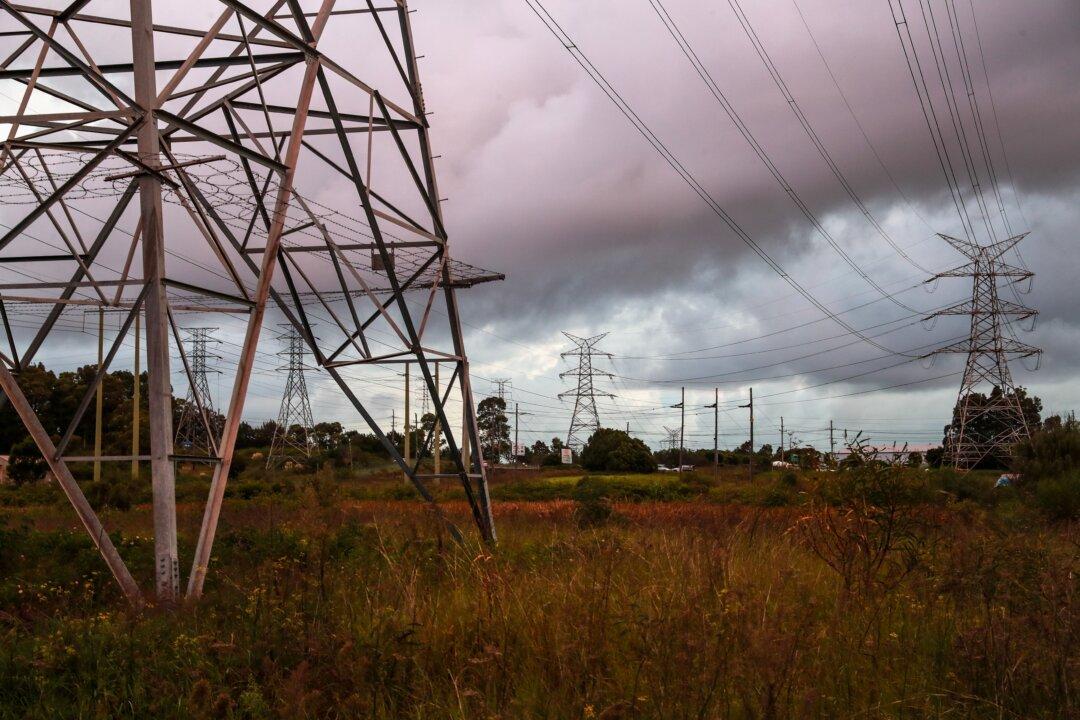Two of Australia’s major renewable energy transmission projects have been given the green light despite not going through a mandatory scrutiny process, a move that could put $9 billion (US$5.9 billion) of taxpayer money at stake and allow cost blowouts to go under the radar.
New South Wales (NSW) grid operator Transgrid is building three massive transmission projects under a simultaneous program.




